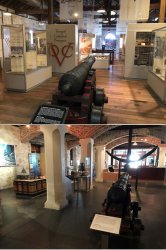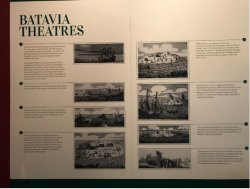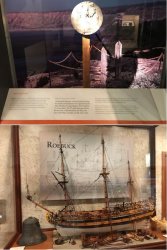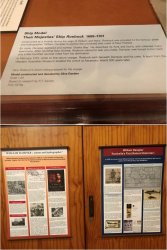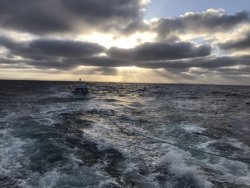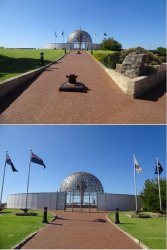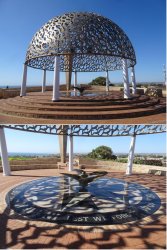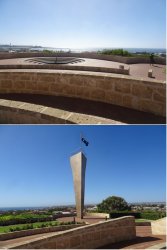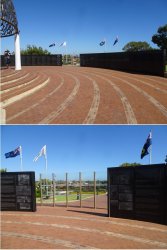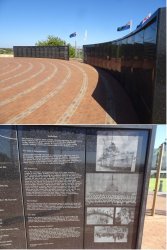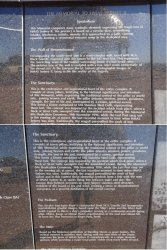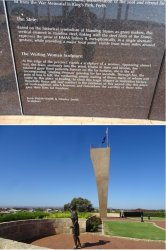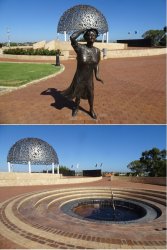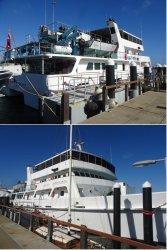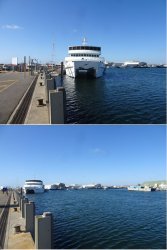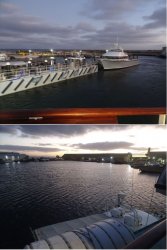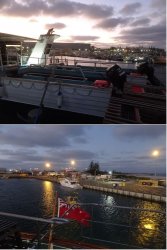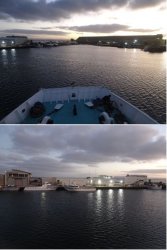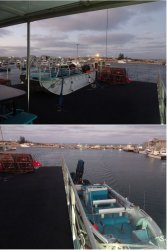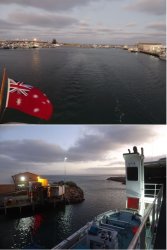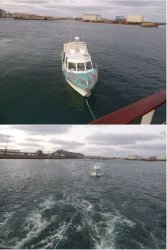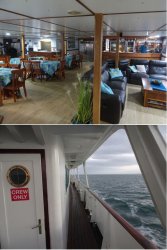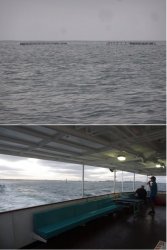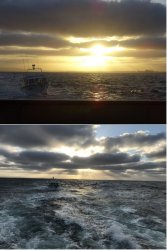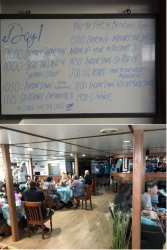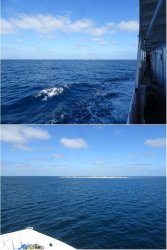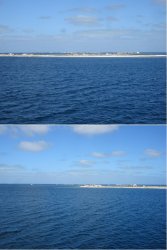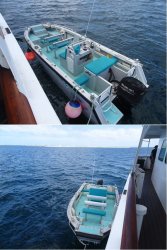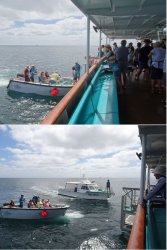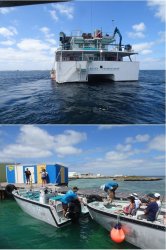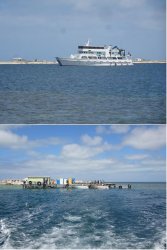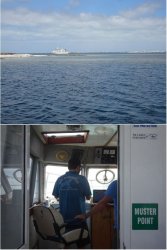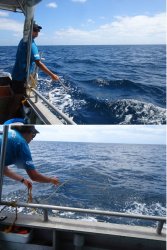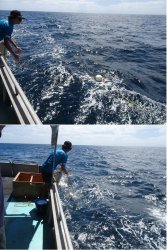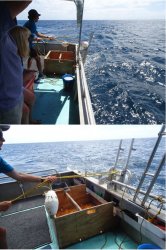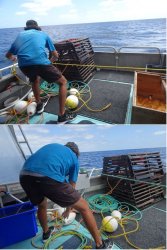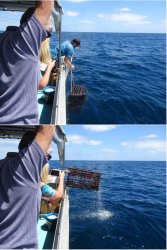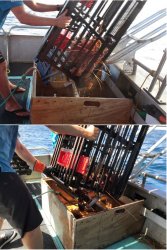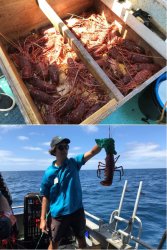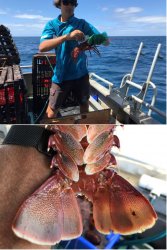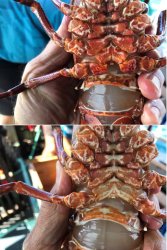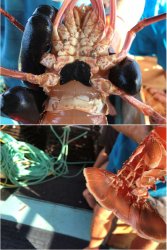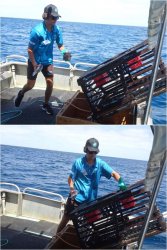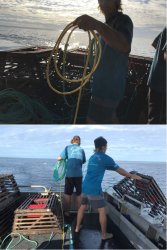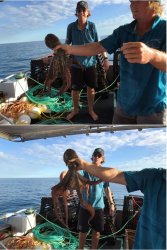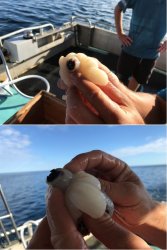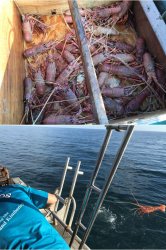JohnM
Enthusiast
- Joined
- Jun 7, 2006
- Posts
- 11,812
- Qantas
- LT Gold
A few weeks ago, I tipped up the bucket and shook out the ever-mounting list of bits and pieces, looking for something to do. Ah-ha - a visit to the Abrolhos Islands has been sitting in there for quite a while but keeps getting forgotten. Better knock that off.
The Houtman Abrolhos Islands (usually just called the Abrolhos) is a unique island archipelago off Geraldton on the mid-west coast. It is the southernmost true coral reef in the Indian Ocean and has recently been declared a National Park: Houtman Abrolhos - Wikipedia
https://www.australiascoralcoast.com/destination/abrolhos-islands.
Geraldton is a cruisy 4.5h drive from Perth and this little tub can take me to the Abrolhos from there for five days The Eco Abrolhos - Eco Abrolhos.
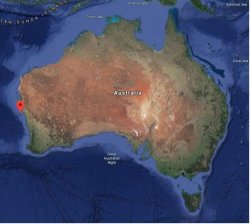
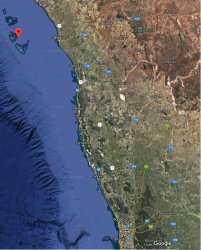
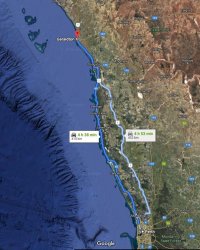
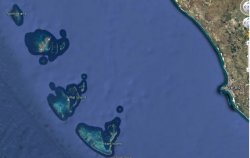
I expect most of the time out there will be without reliable mobile signal. I’m looking forward to escaping from the Covid-19 madness! Fortuitously well-timed!
The Abrolhos is famous for the Batavia shipwreck: Batavia (ship) - Wikipedia
The Batavia was the flagship of the Dutch East India Company. It was built in Amsterdam in 1628 and was on its maiden voyage to the capital of the Dutch East Indies, Batavia (now Jakarta) when it was wrecked. The wreck killed approximately 40 of its 341 passengers, then a mutiny amongst the survivors led to a massacre.
Batavia's History | Western Australian Museum
The central exhibit of the WA Shipwreck Museum at Fremantle is a section of the vessel.
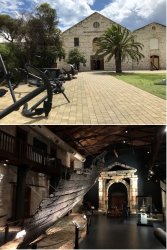
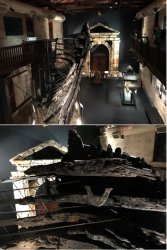
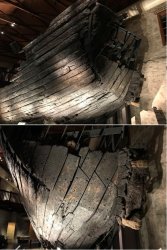
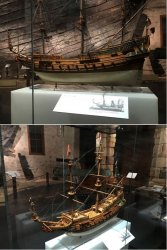


The Houtman Abrolhos Islands (usually just called the Abrolhos) is a unique island archipelago off Geraldton on the mid-west coast. It is the southernmost true coral reef in the Indian Ocean and has recently been declared a National Park: Houtman Abrolhos - Wikipedia
https://www.australiascoralcoast.com/destination/abrolhos-islands.
Geraldton is a cruisy 4.5h drive from Perth and this little tub can take me to the Abrolhos from there for five days The Eco Abrolhos - Eco Abrolhos.




I expect most of the time out there will be without reliable mobile signal. I’m looking forward to escaping from the Covid-19 madness! Fortuitously well-timed!
The Abrolhos is famous for the Batavia shipwreck: Batavia (ship) - Wikipedia
The Batavia was the flagship of the Dutch East India Company. It was built in Amsterdam in 1628 and was on its maiden voyage to the capital of the Dutch East Indies, Batavia (now Jakarta) when it was wrecked. The wreck killed approximately 40 of its 341 passengers, then a mutiny amongst the survivors led to a massacre.
Batavia's History | Western Australian Museum
The central exhibit of the WA Shipwreck Museum at Fremantle is a section of the vessel.














